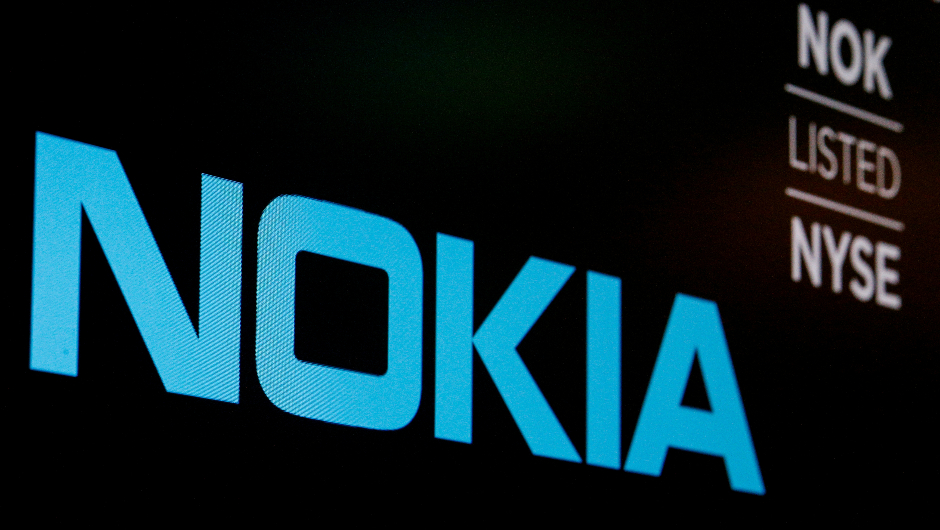
Trailblazing the digital treasury

Nokia’s distinctive approach to technology, combined with an ongoing programme of strategic improvement, has boosted visibility over everything from bank balances to FX transactions.
Few corporate treasuries have their own IT team and a home-grown treasury management system (TMS). But for Finnish technology company Nokia, which reported net sales of €23.3 billion in 2019, taking a proactive approach to treasury technology is a way of life. Decades ago, the company was an early adopter of intercompany netting and on-behalf-of payments – and in recent years, Nokia has continued in the same vein.
Today, Nokia’s treasury activities are looked after by a dedicated IT team, which works closely with end users to design and maintain the necessary systems infrastructure and technology platforms. Rather than buying a vendor-provided TMS, the company has developed its own in-house TMS, which is used for core treasury processes including payment factory and internal netting activities.
“Over the years, this has enabled us to digitalise and integrate processes across all of the core treasury areas, like foreign exchange management and liquidity management – but also areas outside core treasury, including the order-to-cash and purchase-to-pay processes,” says Jani Relander, VP, Corporate Finance & Tax and Group Treasurer.
Strategic review
Relander notes that Nokia’s treasury activities now sit within the company’s wider corporate finance and tax team: “We don’t call ourselves treasury anymore, because we also have things like structured finance, customer and trade finance and insurance, as well as pension investments.”
As part of the ongoing efforts to keep its processes and technology moving forward, the corporate finance and tax leadership team carries out regular strategic reviews. In one such exercise, the team decided to focus on improving visibility and optimising treasury processes in three key areas: cash balances, receivables financing and local FX dealing.
“To achieve this, we decided to leverage our IT and Cash Management teams to digitise the receivable financing process, and to improve cash balance and local dealing processes to move from daily routines to real-time visibility by using APIs,” says Macer Skeels, Nokia’s Head of Corporate Finance and Tax DevOps. Another strategic goal was to improve control while reducing dependencies on proprietary banking platforms.
The result was a constellation of projects designed to achieve these objectives. The projects included replacing electronic bank statements – which were often out-of-date or missing by the time they could be accessed – with the adoption of application programming interfaces (API) for real-time balance inquiry and statements. As a result, statements can now be retrieved within seconds, while the richer information received via an API means that users can access more information than in the past.
“We were one of the first corporates to take advantage of banking APIs in treasury and cash management, quickly recognising that this would be a game changer for the industry,” comments Skeels. “I am not aware of anyone that has implemented as many as we have.”

Daniel Gramunt, Nokia’s Head of Cash Management, adds that the company has been able to achieve fully-automated reconciliation of its Sales of Receivables (SoR) transactions as a result of the API integration. “Previously, it took up to three weeks to clear SoR invoices,” he notes. “Through the API solution with Citi and other banks, this task is fully automated in 24 hours.”
With these integrated SoR solutions, the resulting auto-reconciliation rate is over 99.9%, while Nokia is now able to access information about SoR invoices 48 hours before cash is received. “Without any user intervention at all, we can see the cash even before it comes in, so we can make decisions on the business side knowing that we are definitely going to get this money,” Skeels explains.
Pushing the envelope
In order to manage the company’s credit risk and working capital cycle, Nokia sells receivables to various financial institutions without recourse. As such, one of Nokia’s initiatives was the implementation of a Citi solution to digitise the management of receivables and factoring, and gain more visibility over which invoices have been discounted.
“On the receivables financing side, I am not aware of any other corporation that is attempting to digitise the entire process as we are doing,” Skeels says. More recently, the arrival of the Covid-19 crisis prompted Nokia to make its TMS internet-facing, so that treasury operations were unaffected by the shift to home working.
Other concurrent projects included obtaining real-time market access to information over FX trades using CitiFXPulse, FXAll and Bloomberg, as well as using SWIFT gpi to gain more visibility over the progress of cross-border payments. Indeed, as an early corporate adopter of SWIFT gpi, Nokia has been able to play a role in helping shape the solution going forward: together with other early adopters, the company has provided feedback which has been incorporated into the programme.
“I notice that some people seem to be moving away from SWIFT to use solely APIs, while others seem to be focusing on SWIFT alone – but really we see it as a hybrid approach,” comments Skeels. “Where we are really taking advantage of APIs is in the areas that weren’t previously offered by SWIFT, such as immediate balances and access rights.”
Early adopter
More generally, Gramunt points out that being an early adopter can result in considerable benefits for the organisation. For one thing, banks tend to be more flexible, meaning that companies are better able to influence development than they would be at a later stage of adoption. Early adoption also brings the opportunity to build good relationships and collaborate with their partners’ technicians and developers.
At the same time, Nokia continues to develop its own software, with a rigorous approach to adopting industry standards such as ISO 20022. “Even though this software has been built internally for Nokia, it’s very much built on standards,” Skeels says. “So when we approach a partner, it’s on the basis that if we’re going to work with you, you have to make sure you adhere to the ISO standards.”
As Relander observes, this standardisation is key when it comes to keeping Nokia’s treasury processes bank agnostic wherever possible. “Of course, we have long standing banking partners – but we are not necessarily married to individual banks in our solutions, which keeps the banks on their toes as well,” he concludes.
To hear more from Nokia and this year’s other Treasury Excellence award winners, join us at International Treasury Management Virtual Week.